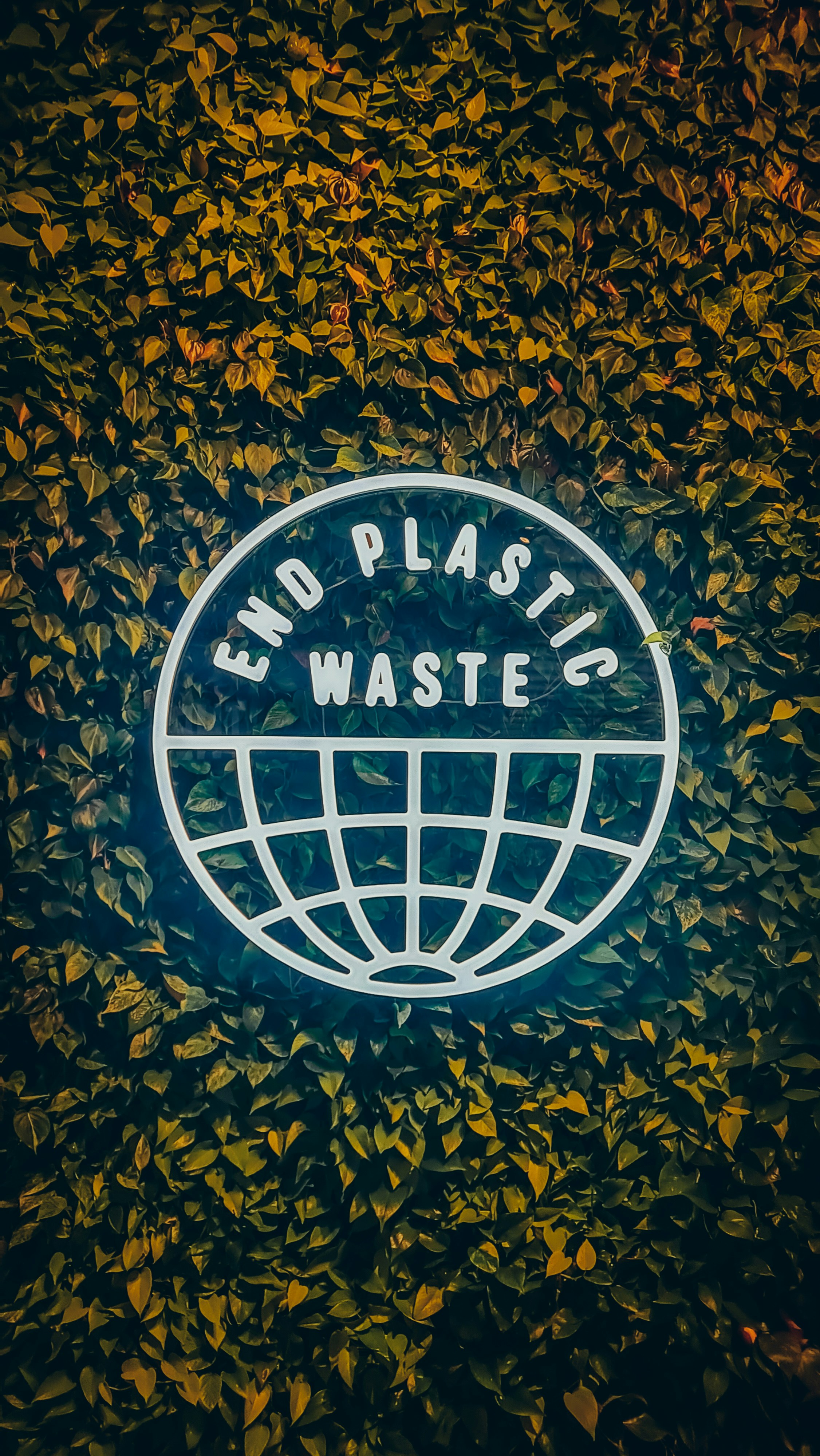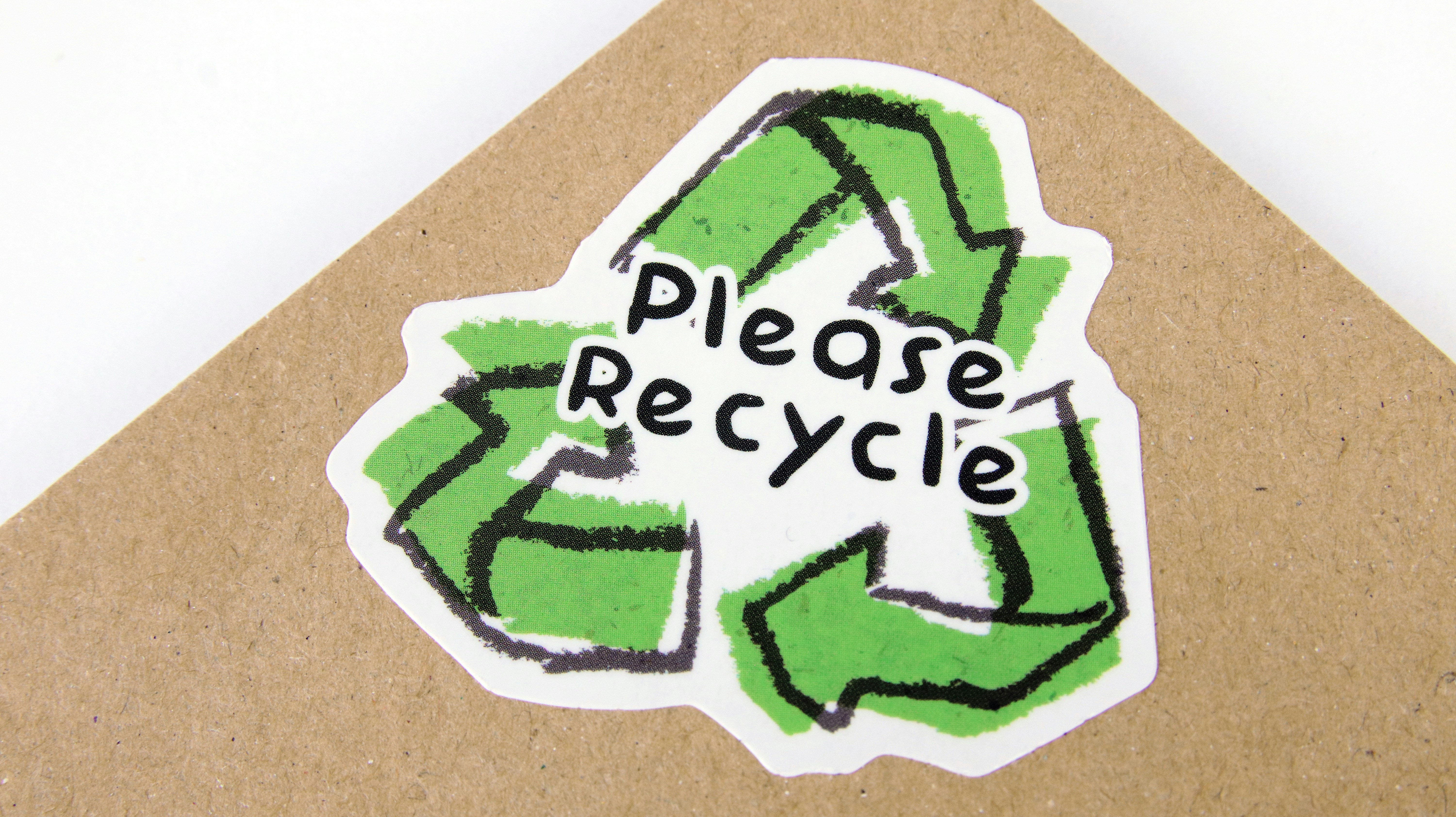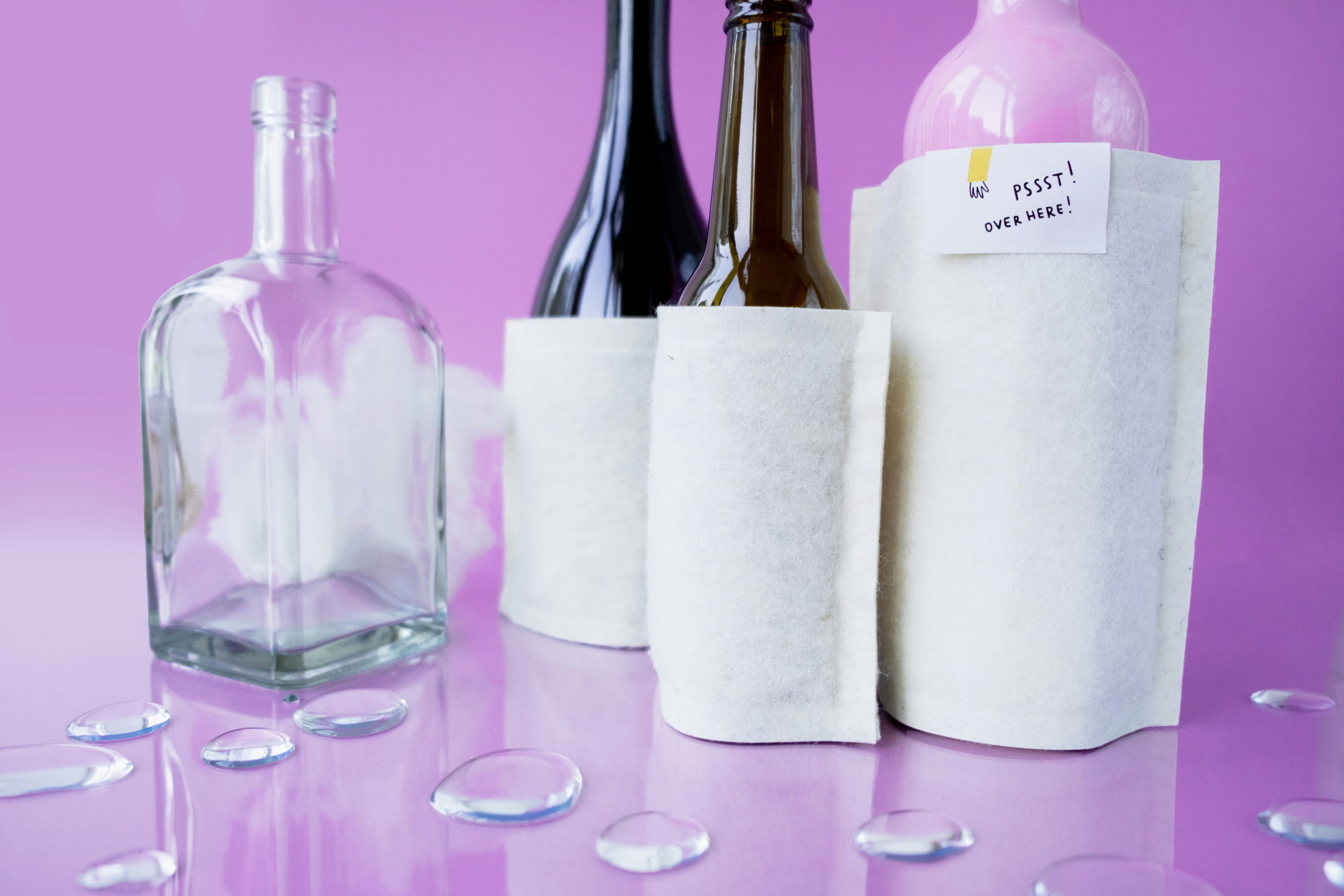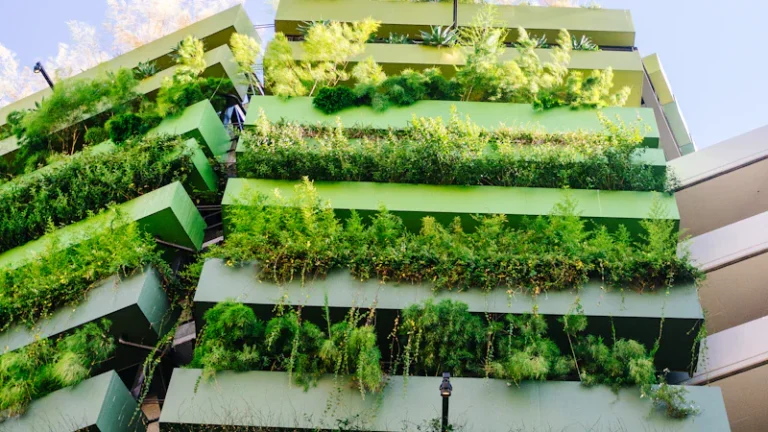Support our educational content for free when you purchase through links on our site. Learn more
Which Brand Is Most Sustainable? 🌿 Top 50 Eco Leaders in 2025

Sustainability is no longer just a buzzword—it’s a lifestyle revolution reshaping how we shop, live, and care for our planet. But with so many brands claiming to be “green,” how do you separate the true eco-warriors from the greenwashers? At Gone Greenish™, we’ve done the legwork to uncover the top 50 most sustainable brands across industries in 2025, from fashion and home goods to tech and personal care.
Did you know the fashion industry alone generates over 92 million tonnes of textile waste annually? (Source: The Guardian) Choosing the right brand can make a massive difference. Stick around as we reveal our expert ratings, share insider tips on spotting greenwashing, and spotlight brands like Patagonia, PANGAIA, and Fairphone that are truly walking the sustainable talk. Ready to shop smarter and greener? Let’s dive in!
Key Takeaways
- Sustainability is multi-dimensional: It includes eco-friendly materials, ethical labor, carbon reduction, and circularity.
- Transparency is king: Look for brands with clear supply chains and third-party certifications like GOTS, Fair Trade, and B Corp.
- No brand is perfect, but some lead the pack: Our top 50 sustainable brands excel in innovation, ethics, and environmental impact.
- Beware greenwashing: Vague claims without proof are red flags; use trusted resources to verify.
- Your choices matter: Supporting sustainable brands helps reduce waste, pollution, and social exploitation.
👉 Shop our top sustainable brands here:
- Patagonia: Amazon | Official Site
- PANGAIA: Amazon | Official Site
- Fairphone: Official Site
- Ethique (Personal Care): Amazon | Official Site
Ready to make your next purchase count for the planet? Keep reading!
Table of Contents
- ⚡️ Quick Tips and Facts
- 🌱 The Green Revolution: A Brief History of Sustainable Branding
- 🤔 What Does “Sustainable” Even Mean? Decoding Eco-Friendly Claims
- 🔍 How We Vet Brands: Our Gone Greenish™ Sustainability Checklist
- 🌍 Beyond the Buzzwords: Key Pillars of Truly Sustainable Brands
- 🏆 The Green Giants: Our Top Picks for Most Sustainable Brands Across Industries
- ⚖️ The Nuance of Green: Balancing Perfection with Progress
- 💸 Shopping Smart: How to Spot a Truly Sustainable Brand (and Avoid Greenwashing!)
- 📈 The Future of Sustainability: What’s Next for Eco-Conscious Consumers?
- Summary: Your Green Journey Starts Here!
- Conclusion: Empowering Your Eco-Choices
- Recommended Links: Dive Deeper into Sustainable Living
- FAQ: Your Burning Questions About Sustainable Brands, Answered!
- Reference Links: Our Sources for a Greener Tomorrow
⚡️ Quick Tips and Facts
Welcome to the green side of shopping! 🌿 At Gone Greenish™, we’re all about helping you find the most sustainable brands that don’t just talk the talk but walk the eco-friendly walk. Wondering how to spot a truly sustainable brand? Here’s a quick cheat sheet:
- ✅ Look for certifications like GOTS, Fair Trade, B Corp, OEKO-TEX, and bluesign®.
- ✅ Check if the brand uses organic, recycled, or regenerative materials.
- ✅ Transparency is key: brands that openly share their supply chain and carbon footprint scores win extra points.
- ✅ Brands that give back to environmental causes or plant trees with every purchase are doing more than just selling.
- ❌ Beware of greenwashing—vague claims without proof or third-party verification.
- ✅ Consider circularity: do they offer repair, resale, or recycling programs?
- ✅ Size inclusivity and fair labor practices are part of true sustainability.
Did you know the fashion industry produces 92 million tonnes of textile waste annually? (Source: The Guardian) That’s why choosing the right brand matters.
For a deeper dive, check out our related article on 🌿 What Brands Care About the Environment? Top 15 in 2025.
🌱 The Green Revolution: A Brief History of Sustainable Branding

Sustainability in branding isn’t just a trend; it’s a revolution that’s been brewing for decades. From the early days of organic cotton pioneers in the 1990s to today’s cutting-edge innovations in circular fashion and carbon-neutral manufacturing, brands have evolved to meet the urgent call of our planet.
- Early 2000s: Patagonia and Eileen Fisher set the bar with Fair Trade and recycled materials.
- 2010s: The rise of certifications like GOTS and B Corp brought accountability.
- 2020s: Tech meets sustainability with blockchain for supply chain transparency and plant-based materials replacing animal products.
Our team at Gone Greenish™ remembers when sustainable brands were niche and pricey. Now, they’re mainstream and more accessible than ever! Curious how this evolution affects your choices? Stick around.
🤔 What Does “Sustainable” Even Mean? Decoding Eco-Friendly Claims
“Sustainable” can feel like a buzzword thrown around without much meaning. Let’s unpack it:
The Core Elements of Sustainability
- Environmental Impact: Minimizing carbon footprint, water use, and pollution.
- Material Sourcing: Using organic, recycled, or regenerative fibers.
- Manufacturing Ethics: Fair wages, safe working conditions, and community support.
- Product Lifecycle: Durability, repairability, and recyclability.
- Transparency: Clear reporting and third-party certifications.
Common Greenwashing Pitfalls
- Vague terms like “eco-friendly” without evidence.
- Highlighting one green aspect while ignoring others (e.g., organic cotton but unethical labor).
- Overstating carbon offsets without reducing emissions.
Our advice? Look for multi-dimensional sustainability rather than one-off claims. For more on spotting greenwashing, see our guide on shopping smart.
🔍 How We Vet Brands: Our Gone Greenish™ Sustainability Checklist
At Gone Greenish™, we don’t just rely on marketing fluff. Here’s our step-by-step vetting process:
| Criteria | What We Look For | Score (1-10) |
|---|---|---|
| Material Sustainability | Organic, recycled, regenerative fibers | |
| Carbon Footprint | Verified emissions data, reduction targets | |
| Ethical Labor Practices | Fair wages, safe conditions, certifications | |
| Transparency | Supply chain openness, third-party audits | |
| Circularity | Repair, resale, recycling programs | |
| Environmental Giving | Donations, tree planting, community projects | |
| Innovation | Use of new eco-materials, tech for sustainability | |
| Product Quality & Design | Durability, style, functionality |
We assign scores and compare brands across these pillars to recommend only the best. Curious which brands top our list? Keep reading!
🌍 Beyond the Buzzwords: Key Pillars of Truly Sustainable Brands
Let’s break down what makes a brand genuinely sustainable:
1. Materials Matter
- Organic cotton, hemp, bamboo, recycled polyester, and Econyl® (recycled nylon from fishing nets) are favorites.
- Brands like PANGAIA and Finisterre lead in innovative materials.
2. Ethical Manufacturing
- Fair Trade Certified factories, living wages, and safe working conditions.
- Brands like Yes Friends and MATE The Label excel here.
3. Carbon Consciousness
- Measuring and actively reducing greenhouse gas emissions.
- Vuori aims for 42% reduction in Scope 1 and 2 emissions by 2030.
4. Circular Economy
- Repair services, take-back programs, and upcycling.
- Patagonia’s Worn Wear program is a shining example.
5. Community & Environmental Impact
- Donations, tree planting, ocean cleanup projects.
- Tentree plants 10 trees per purchase; Passenger has planted over 10 million trees.
6. Transparency & Accountability
- Open supply chains, third-party certifications, and traceability.
- Stella McCartney uses blockchain tech for material tracking.
🏆 The Green Giants: Our Top Picks for Most Sustainable Brands Across Industries
Ready for the ultimate eco-friendly brand lineup? We’ve rated them on a 1-10 scale across design, sustainability, ethics, and innovation.
1. Fashion & Apparel: Dressing for a Better Planet
| Brand | Design | Sustainability | Ethics | Innovation | Overall |
|---|---|---|---|---|---|
| Patagonia | 9 | 10 | 10 | 9 | 9.5 |
| PANGAIA | 8 | 10 | 9 | 10 | 9.25 |
| Reformation | 8 | 9 | 9 | 8 | 8.5 |
| Girlfriend Coll. | 7 | 9 | 10 | 8 | 8.5 |
| Stella McCartney | 9 | 9 | 9 | 10 | 9.25 |
Why These Brands?
- Patagonia is the OG of sustainable fashion, pioneering recycled materials and Fair Trade.
- PANGAIA dazzles with plant-based innovations and a circular ReWear platform.
- Reformation is a carbon-neutral company with a strong commitment to deadstock fabrics.
- Girlfriend Collective champions size inclusivity and recycled materials.
- Stella McCartney blends luxury with cutting-edge eco-materials and transparency.
Our personal fave? Patagonia’s durability and activism keep us coming back. But PANGAIA’s plant-based denim is a game changer!
👉 CHECK PRICE on:
- Patagonia: Amazon | Patagonia Official
- PANGAIA: Amazon | PANGAIA Official
- Reformation: Amazon | Reformation Official
2. Home Goods & Decor: Eco-Conscious Living Spaces
Brands like Grove Collaborative and Avocado Green Mattress are redefining sustainable living.
| Brand | Material Use | Carbon Neutrality | Innovation | Overall |
|---|---|---|---|---|
| Grove Collaborative | 9 | 9 | 8 | 8.5 |
| Avocado Green Mattress | 10 | 10 | 9 | 9.5 |
- Grove Collaborative is the world’s first plastic-neutral retailer, offsetting ocean plastic for every ounce shipped.
- Avocado Green Mattress grows its own wool and latex, is carbon-negative, and uses renewable energy factories.
3. Personal Care & Beauty: Nurturing Yourself, Nurturing Earth
Sustainability isn’t just clothes! Brands like Lush, Dr. Bronner’s, and Ethique lead with zero waste and organic ingredients.
- Ethique makes solid shampoo bars with biodegradable packaging.
- Dr. Bronner’s is Fair Trade, organic, and a certified B Corp.
4. Food & Beverages: Savoring Sustainability
Sustainable brands like Beyond Meat, Impossible Foods, and Thrive Market are changing how we eat.
- Plant-based options reduce carbon emissions drastically.
- Thrive Market offers organic, fair trade, and eco-friendly packaged foods.
5. Technology & Electronics: Greener Gadgets for a Brighter Future
Tech giants like Fairphone and Framework are pioneering repairable, modular electronics to reduce e-waste.
- Fairphone uses conflict-free materials and offers easy repairs.
- Framework laptops are designed for upgrades and longevity.
⚖️ The Nuance of Green: Balancing Perfection with Progress
No brand is perfect—sustainability is a journey, not a destination. Some brands excel in materials but lag in labor practices; others innovate but face supply chain challenges.
Example: Patagonia donates millions but still sources some materials with environmental impacts. Meanwhile, startups like A Good Company focus on climate-positive products but are smaller scale.
Our take? Support brands making transparent, measurable progress and keep pushing for improvement. Your wallet is your vote!
💸 Shopping Smart: How to Spot a Truly Sustainable Brand (and Avoid Greenwashing!)
Step-by-Step Guide
- Check Certifications: GOTS, Fair Trade, B Corp, OEKO-TEX, bluesign®.
- Read the Supply Chain Story: Are factories and materials disclosed?
- Look for Carbon Data: Does the brand measure and reduce emissions?
- Assess Circularity: Do they offer repair, resale, or recycling?
- Beware of Vague Claims: “Eco-friendly” without proof = 🚩
- Check Reviews: Real user feedback often reveals the truth.
- Consider Price vs. Quality: Cheaper isn’t always greener if the product wears out fast.
Pro tip: Use resources like Good On You and Fashion Revolution’s Transparency Index for brand ratings.
📈 The Future of Sustainability: What’s Next for Eco-Conscious Consumers?
The future looks bright—and green! Here’s what we’re watching:
- Circular Economy Expansion: More brands adopting resale, rental, and repair.
- Material Innovation: Lab-grown leather, mushroom-based fabrics, and biofabrication.
- Tech Transparency: Blockchain and AI to verify claims and trace supply chains.
- Consumer Empowerment: Apps that reveal product footprints and ethical scores.
- Policy Push: Governments enforcing stricter environmental and labor regulations.
At Gone Greenish™, we believe your choices today shape tomorrow’s planet. Ready to be part of the change?
Summary: Your Green Journey Starts Here!
Phew! That was a lot of green goodness. Here’s the takeaway:
- Sustainability is multi-faceted: It’s about materials, ethics, carbon, and circularity.
- No brand is perfect, but some lead the pack.
- Look beyond marketing—demand transparency and proof.
- Your purchasing power is a powerful tool for change.
We hope our expert insights help you shop smarter and greener. Want to explore more? Check out our Eco-Conscious Brands category for ongoing reviews and tips.
Recommended Links: Dive Deeper into Sustainable Living
- 🌿 What Brands Care About the Environment? Top 15 in 2025
- Carbon Footprint Reduction Tips
- Conservation Tips for Everyday Life
- Climate Change Insights and Actions
- Green Businesses Making a Difference
FAQ: Your Burning Questions About Sustainable Brands, Answered!

Q: How can I trust a brand’s sustainability claims?
A: Look for third-party certifications and transparent reporting. Brands like Patagonia and PANGAIA provide detailed impact reports.
Q: Are sustainable brands always more expensive?
A: Often yes, due to ethical sourcing and quality materials, but investing in durability saves money and waste long-term.
Q: What’s better: organic cotton or recycled polyester?
A: Both have pros and cons. Organic cotton uses less pesticides but more water; recycled polyester saves resources but is plastic-based. A blend or regenerative fibers can be ideal.
Q: Can I shop sustainable on a budget?
A: Absolutely! Brands like Pact and Wholesome Culture offer affordable, certified sustainable basics.
Q: How do I avoid greenwashing?
A: Educate yourself on certifications, ask questions, and use trusted resources like Good On You.
Reference Links: Our Sources for a Greener Tomorrow
- The Guardian on Textile Waste
- CleanHub’s Best Sustainable Clothing Brands
- Earth.org Most Sustainable Fashion Brands
- The Good Trade: 99 Sustainable Clothing Brands By Budget
- Fashion Revolution Transparency Index
- Good On You Brand Ratings
- Patagonia Official Site
- PANGAIA Official Site
- Reformation Official Site
Stay tuned for the conclusion and our featured video insights next!
Conclusion: Empowering Your Eco-Choices

After our deep dive into the world of sustainability, it’s clear that choosing the most sustainable brand isn’t just about a label or a catchy tagline—it’s about a holistic commitment to the planet, people, and progress. From Patagonia’s pioneering environmental activism to PANGAIA’s groundbreaking plant-based materials, these brands exemplify how innovation and ethics can coexist beautifully.
We’ve seen that no brand is perfect, but many are making measurable strides toward reducing waste, improving labor conditions, and innovating materials. The key takeaway? Look beyond marketing buzzwords, demand transparency, and support brands that align with your values.
Remember the question we teased earlier: How do you spot greenwashing? Now you know—certifications, supply chain transparency, and circular initiatives are your best friends. Your purchasing power is a mighty tool to reward brands that genuinely care.
So, whether you’re refreshing your wardrobe, upgrading your home, or choosing your next gadget, you can shop with confidence knowing you’re making a positive impact. 🌎💚
Recommended Links: Dive Deeper and Shop Green
👉 Shop Our Top Sustainable Brands:
- Patagonia: Amazon | Patagonia Official Website
- PANGAIA: Amazon | PANGAIA Official Website
- Reformation: Amazon | Reformation Official Website
- Grove Collaborative: Amazon | Grove Collaborative Official
- Avocado Green Mattress: Amazon | Avocado Official Website
- Ethique: Amazon | Ethique Official Website
- Fairphone: Fairphone Official Website
- Framework: Framework Official Website
Recommended Books on Sustainability:
- Fashionopolis: The Price of Fast Fashion and the Future of Clothes by Dana Thomas — Amazon Link
- The Sustainable Fashion Handbook by Sandy Black — Amazon Link
- Cradle to Cradle: Remaking the Way We Make Things by William McDonough & Michael Braungart — Amazon Link
FAQ: Your Burning Questions About Sustainable Brands, Answered!

What makes a brand truly sustainable?
A truly sustainable brand integrates environmental responsibility, ethical labor practices, and transparency throughout its operations. This means using organic or recycled materials, minimizing carbon emissions, ensuring fair wages and safe working conditions, and being open about their supply chain. Certifications like GOTS, Fair Trade, B Corp, and OEKO-TEX provide credible proof. Sustainability also involves product longevity and circularity—brands that encourage repair, resale, or recycling help reduce waste.
Read more about “25 Game-Changing Eco Friendly Businesses to Watch in 2025 🌿”
How can I identify sustainable brands when shopping?
Look for third-party certifications and detailed sustainability reports. Check if the brand uses eco-friendly materials like organic cotton, hemp, or recycled fibers. Transparency is key: brands that share their supply chain information and carbon footprint data are more trustworthy. Beware of vague claims without evidence—this is often greenwashing. Use trusted resources like Good On You and Fashion Revolution’s Transparency Index to research brands.
Read more about “🌿 What Brands Care About the Environment? Top 15 in 2025”
Which industries have the most sustainable brands?
Fashion leads the charge with many brands adopting sustainable practices, but sustainability is growing in home goods, personal care, food & beverage, and technology. For example, Patagonia and PANGAIA in fashion; Grove Collaborative and Avocado Green Mattress in home goods; Ethique and Dr. Bronner’s in personal care; Beyond Meat in food; and Fairphone in electronics. Each industry tackles sustainability differently, but all share a focus on reducing environmental impact and improving social responsibility.
Read more about “What Are the 8 Powerful Sources of Renewable Energy? 🌿 (2025)”
Do sustainable brands offer healthier product options?
Yes! Sustainable brands often avoid harmful chemicals, use natural and organic ingredients, and prioritize non-toxic materials. For example, personal care brands like Ethique use biodegradable, zero-waste packaging and organic ingredients. Sustainable fashion brands avoid pesticides and toxic dyes, which benefits both the environment and your skin. Choosing these products supports your health and the planet’s.
Read more about “Is Solar Power a Good Way to Go? 10 Reasons Why You Should Consider It in 2024! 🌞”
What impact do my purchasing choices have on the planet?
Your choices directly influence demand for sustainable practices. Supporting eco-conscious brands encourages more companies to adopt green materials, ethical labor, and carbon reduction. Conversely, buying from fast fashion or unsustainable brands perpetuates waste, pollution, and exploitation. According to The Guardian, the fashion industry produces 92 million tonnes of textile waste annually—your choices can help reduce this staggering figure.
Read more about “Is Fossil Fuels Better Than Renewable Energy? 🌿 The 2025 Truth Revealed”
Are sustainable products more expensive?
Often, yes, because sustainable materials and ethical labor cost more. However, investing in durable, high-quality products saves money over time by reducing replacements. Brands like Pact and Wholesome Culture offer affordable sustainable basics. Plus, the true cost of fast fashion includes environmental damage and social harm, which sustainable brands aim to minimize.
Read more about “15 Must-Know Eco-Conscious Brands Leading the Green Wave (2025) 🌿”
How can I support brands committed to environmental health?
- Buy less, choose well: Prioritize quality and longevity.
- Research brands: Use resources like Good On You and Fashion Revolution.
- Engage with brands: Ask questions about their sustainability practices.
- Participate in circularity: Repair, resell, or recycle your products.
- Spread the word: Share your sustainable finds with friends and family.
Read more about “Is Ocean Conservation a Global Issue? 9 Reasons Why 🌊 (2025)”
Reference Links: Our Sources for a Greener Tomorrow
- The Guardian: Charity Shops Won’t Take Them, Councils Incinerate Them
- CleanHub: Best Sustainable Clothing Brands
- Earth.org: Most Sustainable Fashion Brands
- The Good Trade: 99 Sustainable Clothing Brands By Budget (2025)
- Fashion Revolution Transparency Index
- Good On You Brand Ratings
- Patagonia Official Website
- PANGAIA Official Website
- Reformation Official Website
- Grove Collaborative Official Website
- Avocado Green Mattress Official Website
- Ethique Official Website
- Fairphone Official Website
- Framework Official Website
Thanks for joining us on this green journey! Ready to shop smarter and greener? Your planet will thank you. 🌍💚






